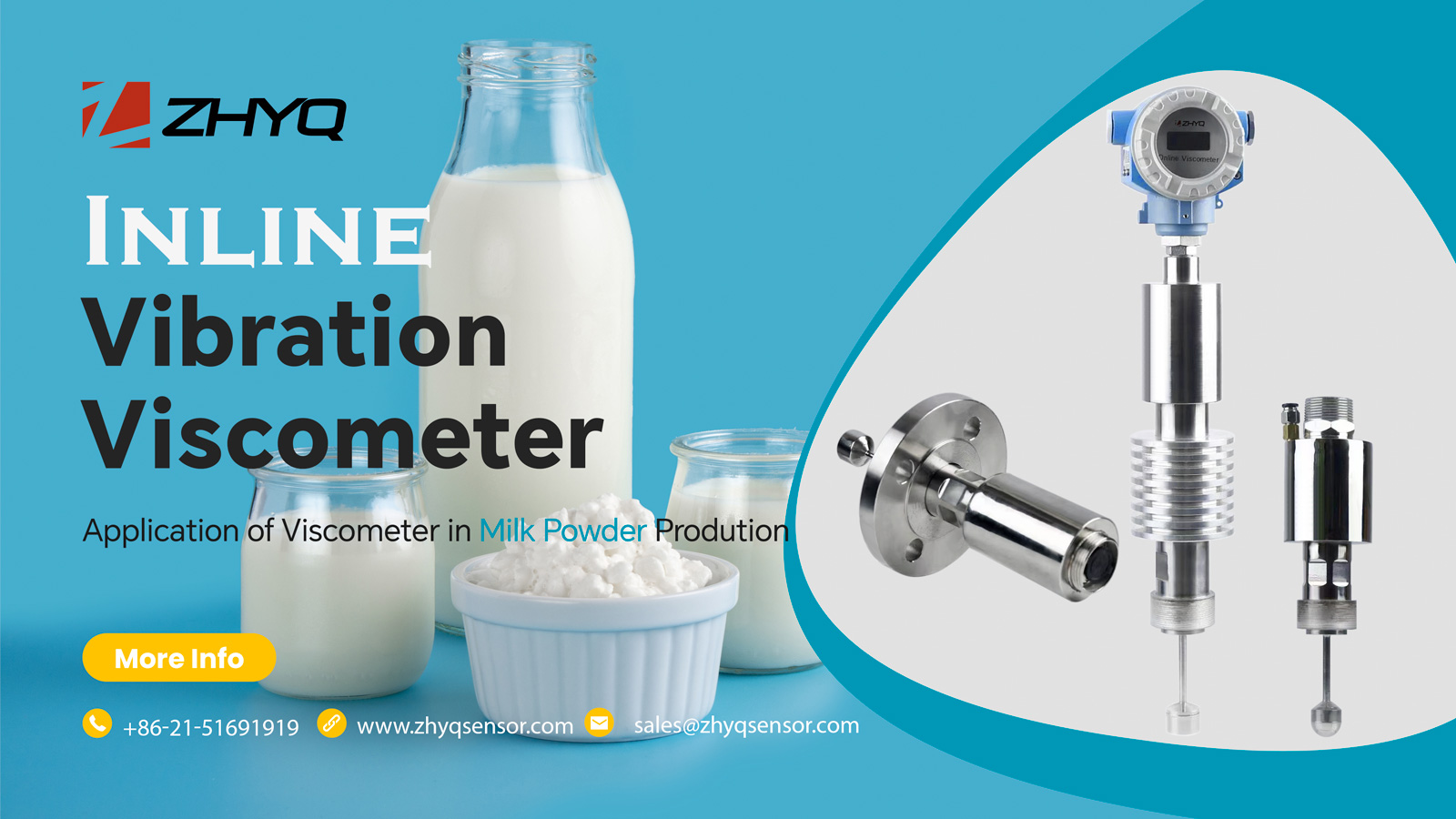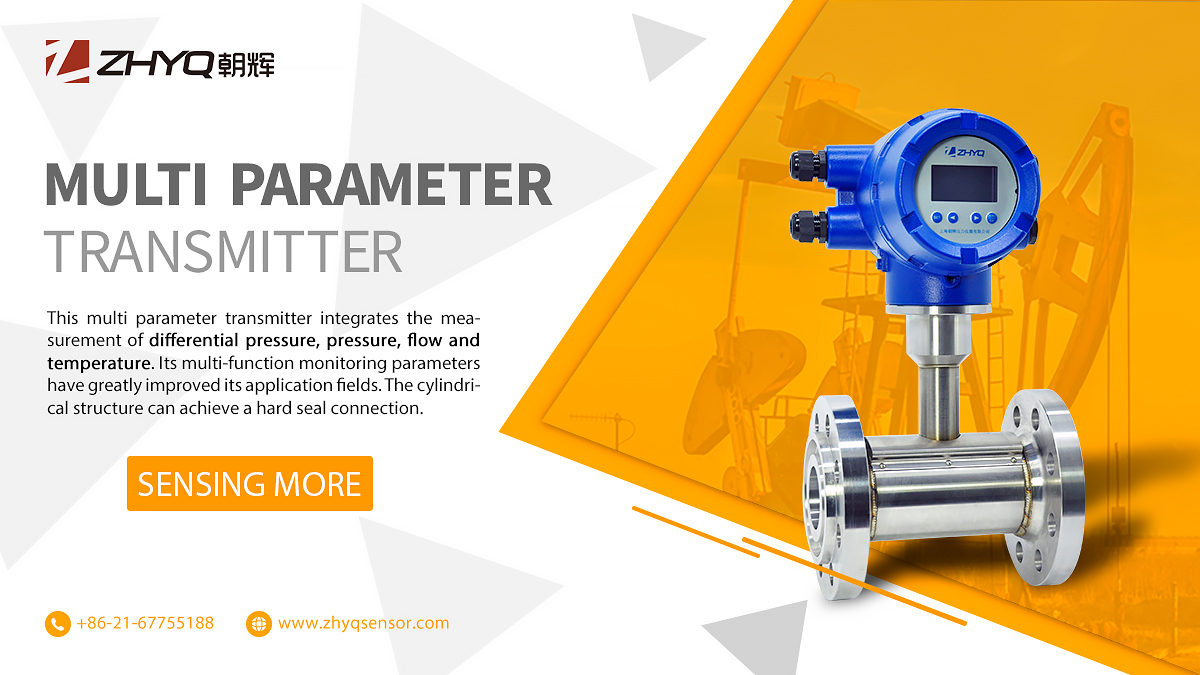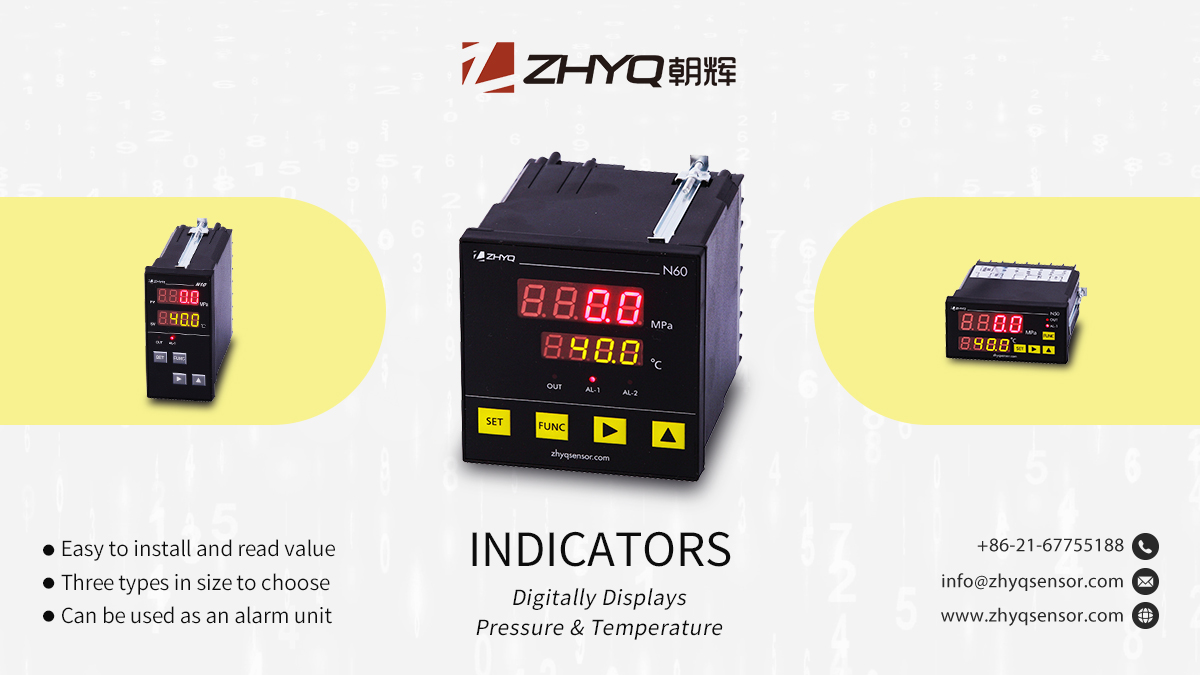
- Pressure Sensor, Pressure Transducer, Pressure Transmitter


- 2024-11-01
- Zhyq
- 53
Inline Process Refractometer Plays a Key Role in Soy Sauce Production!
In the soy sauce production process, inline refractometers can play a variety of important roles to help ensure product quality and the stability of the production process. Here are some specific applications:
1. Salt concentration monitoring
In soy sauce production, salt concentration is a key quality indicator. Inline refractometers can monitor the salt concentration in soy sauce in real time to ensure that it meets the recipe requirements. This helps to:
1.1Ensure the taste and flavor of soy sauce.
1.2Prevent too much or too little salt from affecting the quality of the final product.
2. Sugar monitoring
Sugar is one of the important raw materials for soy sauce fermentation during the fermentation process. Inline refractometers can be used to measure the sugar content in the fermentation liquid to ensure the smooth progress of the fermentation process. Timely sugar content control can:
2.1Optimize fermentation speed and efficiency.
2.2Ensure that the flavor and sweetness of the final soy sauce meet the standards.
3. Fermentation broth concentration monitoring
During the fermentation process of soy sauce, the concentration of the liquid will change with time and different fermentation stages. Inline refractometers can monitor the concentration of the fermentation broth in real time to help determine whether it is necessary to add raw materials or adjust the fermentation conditions. By monitoring the concentration, production personnel can:
3.1 Precisely control the fermentation process to prevent over-fermentation or under-fermentation.
3.2Improve fermentation efficiency and ensure product consistency.
4. Quality Control
The flavor, color and aroma of soy sauce are all affected by the concentration of the solution during the production process. Using inline refractometers can ensure that the concentration of each batch meets the product standards, thereby:
4.1Ensure the taste and color of soy sauce is stable.
4.2Improve production efficiency and reduce waste rate.
5. Dissolved substances monitoring
The various dissolved substances contained in soy sauce (such as amino acids, proteins, trace elements, etc.) are crucial to its flavor and nutritional value. Inline refractometers can monitor the concentration changes of these dissolved substances to help:
5.1Maintain a balance of ingredients to avoid formulation deviations.
5.2Optimize production processes to ensure consistent quality for each batch of products.
6. Seasoning and raw material mixing control
During the soy sauce production process, various raw materials and seasonings often need to be mixed in proportion. Inline refractometers can be used to detect the concentration of the solution during the mixing process, helping to:
6.1Precisely control the ratio of raw materials to avoid uneven seasoning.
6.2Ensure the flavor and taste of the final product.
7. Automation of the brewing process
Inline refractometers combined with automated control systems can achieve real-time monitoring and automated adjustment of the soy sauce production process. For example, when it is detected that the sugar content or concentration deviates from the set range, the system can automatically adjust the fermentation environment or the amount of raw material input to ensure the stability of the production process and reduce errors caused by human operation.
8. Reduce manual detection errors
Traditional manual measurement of sugar content, salinity and other indicators may result in operational errors or data delays, while inline refractometers can provide real-time data, reduce human errors, and improve data accuracy and reliability.
By monitoring the concentration and composition of various liquids in real time during the production process, inline refractometers can not only ensure the consistency of soy sauce quality, but also improve production efficiency, reduce waste, and enhance product traceability and standardization.
Leave Your Inquiry
Your email address will not be published. Required fields are marked *


